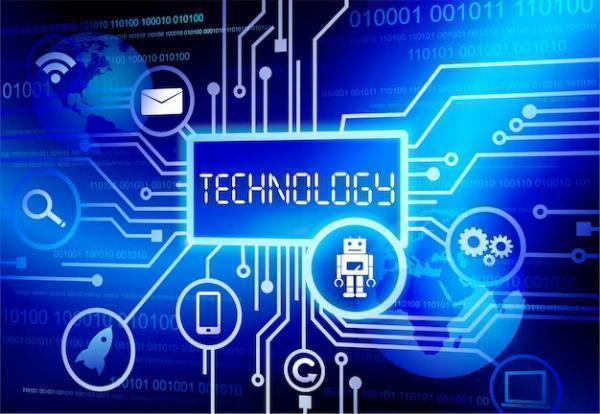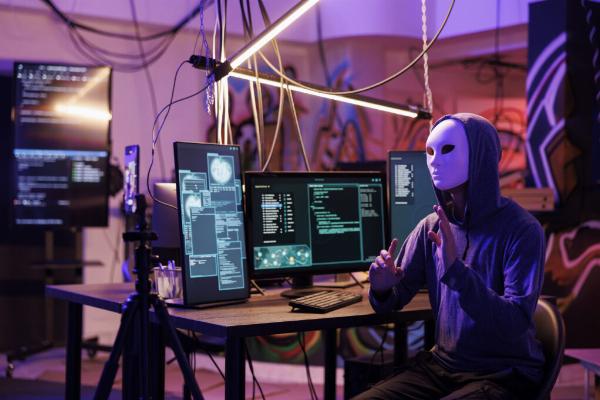The Role of Artificial Intelligence in Modern Cybersecurity: Why It’s a Game-Changer

Strong8k brings an ultra-HD IPTV experience to your living room and your pocket.
In today’s hyper-connected world, where digital transformation is at the forefront of business operations, cyber threats are more sophisticated than ever before. Hackers constantly find new ways to exploit vulnerabilities, putting companies and individuals at risk. With traditional cybersecurity measures struggling to keep up, a revolutionary technology has emerged as a powerful ally: Artificial Intelligence (AI).
AI is transforming the cybersecurity landscape by providing enhanced protection and prevention methods that far surpass the capabilities of human-driven solutions alone. Let’s explore how AI is reshaping cybersecurity and why businesses need to adopt this technology to stay ahead of the game.
1. Real-Time Threat Detection
One of the key challenges in cybersecurity is identifying potential threats as they occur. Traditional methods often rely on predefined rules and signatures, making it difficult to recognize new or evolving attacks. AI excels in real-time threat detection by continuously analyzing vast amounts of data. Machine learning algorithms can identify abnormal behavior patterns, such as unusual login attempts or unexpected data transfers, which might indicate a security breach.
By recognizing these deviations, AI can alert security teams instantly, allowing them to take swift action before any damage is done. This proactive approach helps businesses avoid costly data breaches and system downtime.
2. Automated Response and Incident Management
In addition to detecting threats, AI plays a vital role in automating responses to security incidents. Cyberattacks can occur at any time, and manual intervention can often be too slow to stop an attack from progressing. AI-powered systems can automatically respond to certain threats, such as isolating compromised systems or blocking suspicious IP addresses, without waiting for human input.
This automation not only reduces response times but also alleviates the workload on cybersecurity teams, allowing them to focus on more complex and strategic tasks. Automated incident management ensures faster containment of threats, minimizing the potential impact on the organization.
3. Enhanced Data Protection and Encryption
Data is the lifeblood of any business, and protecting sensitive information is paramount. AI offers advanced encryption techniques and data protection solutions that adapt to the ever-changing nature of cyber threats. Machine learning models can constantly learn from new attack patterns and improve encryption methods to secure valuable data.
Additionally, AI-driven systems can continuously monitor for potential vulnerabilities in a network’s infrastructure, ensuring that security protocols are always up-to-date. This dynamic approach to data protection makes it increasingly difficult for cybercriminals to penetrate defense systems.
4. Predictive Analytics for Future Threats
A unique advantage of AI in cybersecurity is its ability to predict future threats. By analyzing historical data and attack patterns, AI can forecast potential security risks before they materialize. Predictive analytics helps businesses stay one step ahead of cybercriminals by identifying and addressing weak points in their systems.
This forward-thinking approach can prevent attacks before they happen, saving companies from the financial and reputational damage associated with security breaches.
Conclusion
In an era where cyber threats are evolving rapidly, businesses must leverage cutting-edge technology to protect their digital assets. AI offers a comprehensive and proactive solution to modern cybersecurity challenges, from real-time threat detection to automated response and predictive analytics. By embracing AI, organizations can significantly enhance their protection and prevention strategies, ensuring long-term resilience against cyberattacks.
To delve deeper into how AI is transforming cybersecurity, explore the full article here: AI in Cybersecurity: Enhancing Protection and Prevention.
Note: IndiBlogHub features both user-submitted and editorial content. We do not verify third-party contributions. Read our Disclaimer and Privacy Policyfor details.







